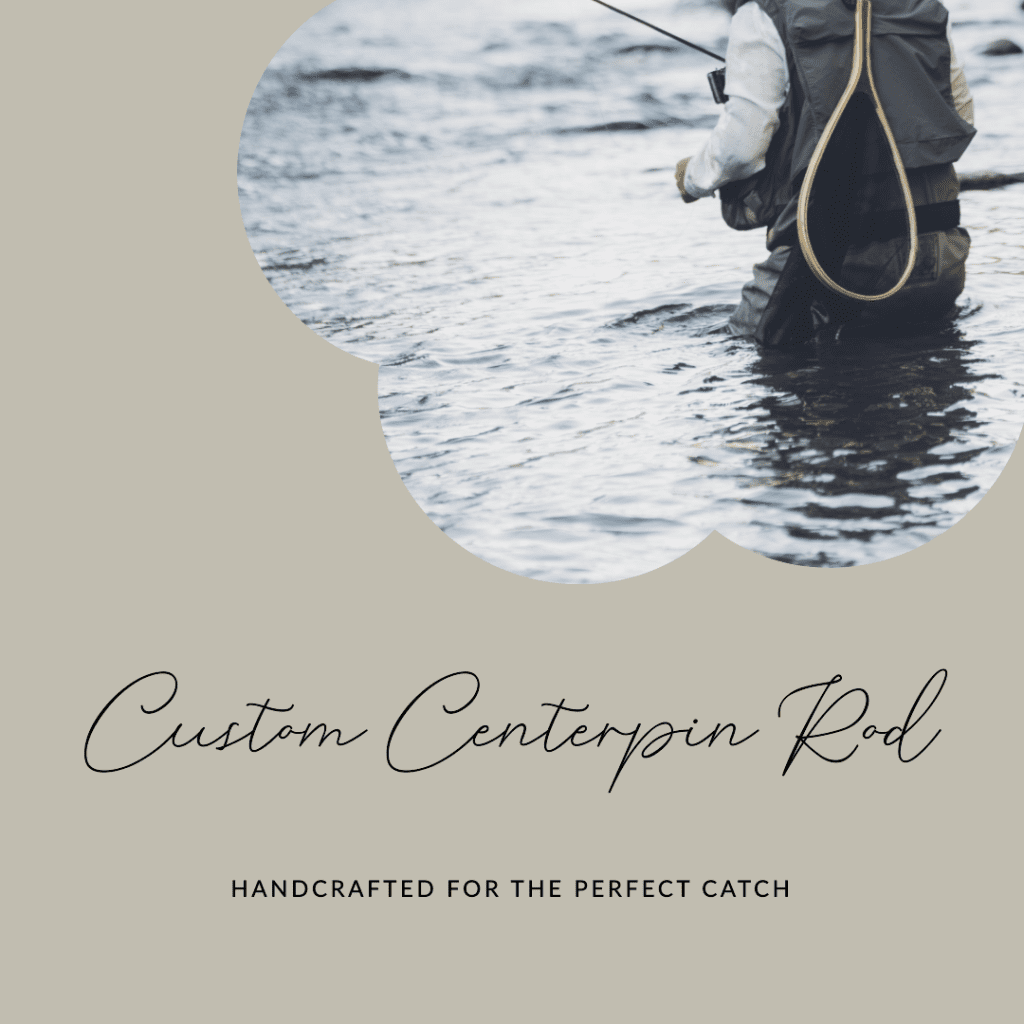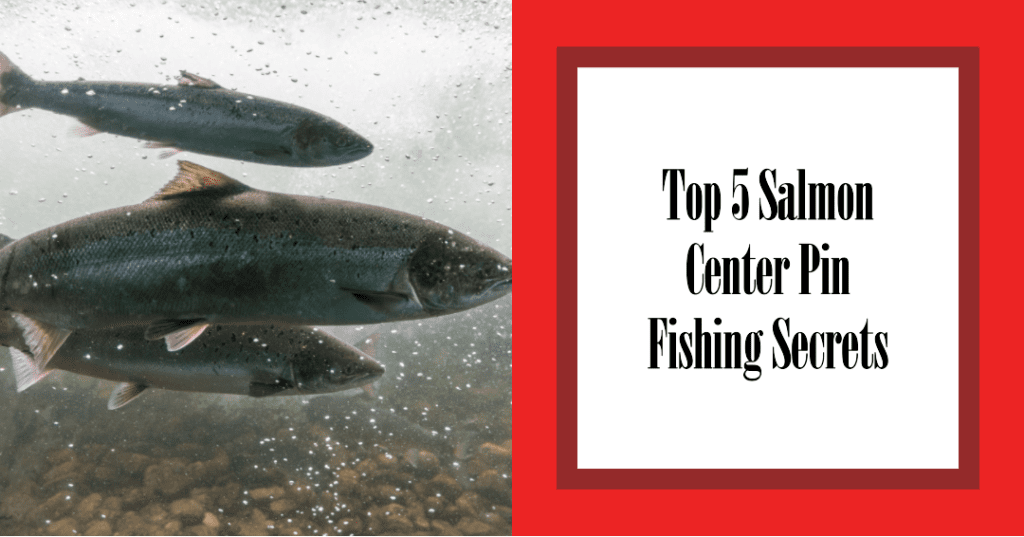The Ultimate Guide to True Pin and Bearing Centrepin Reels
Introduction
Centrepin reels are essential tools for anglers, offering precision and control while fishing. When it comes to choosing a centrepin reel, you'll encounter two main types: true pin reels and bearing reels. In this comprehensive guide, we'll explore the differences between these two types and provide valuable insights to help you make an informed decision. Whether you're a seasoned angler or just starting out, understanding the nuances of true pin and bearing centrepin reels will enhance your fishing experience. And where better to begin your journey than at Adcock Stanton, a leading centrepin reel manufacturer?
1. True Pin Reels vs. Bearing Reels: Unveiling the Distinctions
Centrepin reels are available in two main variants: true pin reels and bearing reels. Let's delve into the differences between these two types:
1.1 True Pin Reels: Traditional Simplicity
True pin reels feature a spool that rotates directly on the pin, with a grub screw in the hub to adjust the spool's end float. These reels offer a simple and straightforward design, relying on the minimalistic setup for smooth rotation. When the reel is held horizontally, true pin reels rotate most freely, thanks to the reduced resistance offered by the pin's end. However, when held vertically, the spool rests on the length of the pin, resulting in slightly more resistance to rotation.
1.2 Bearing Reels: Frictionless Performance
In contrast, bearing centrepin reels employ ball bearings within the spool, allowing for frictionless rotation. The presence of these bearings, such as ball racers, enhances the reel's efficiency. Unlike true pin reels, bearing reels may have slightly heavier spools, requiring a bit more force to overcome inertia. However, once in motion, these reels exhibit slower stopping speeds, which can increase the likelihood of overruns. It's worth noting that different types of bearings may yield varying behaviors, and individual reel models may exhibit unique characteristics.
Our 5" Adcock Stanton Centrepin Reel is a perfect illustration of the precision offered by bearing reels.
2. The Impact of Performance Differences
While the performance differences between true pin reels and bearing reels are minimal, understanding their distinct behaviors can be beneficial in real-world fishing scenarios. Ultimately, the control of both reel types lies in the angler's thumb against the spool's edge. However, being aware of your reel's characteristics can aid in optimizing its usage for various fishing techniques.
You might be wondering, "What's the history of these fishing reels?" We invite you to discover more about our history, including our famous Reynolds Reel and the legendary Adcock Stanton Centrepin Reels.
3. Essential Features of Centrepin Reels
Centrepin reels come with a range of features that cater to anglers' needs. Let's explore some of these essential features:
**3.1 Adjustable Drag: Enhancing
Control**
While centrepin reels are primarily known for their free-spinning nature, some models offer an adjustable drag. This drag is not intended for playing fish but rather to slightly reduce the spool's free running or prevent excessive spinning.
3.2 Ratchet or Clicker: Avoiding Unexpected Rotations
Centrepin reels may incorporate a ratchet or clicker, which prevents the spool from rotating unexpectedly. It's important to note that ratchets are not anti-reverse mechanisms; they allow the spool to rotate in either direction. However, they produce noticeable noise, which can disturb fellow anglers. Anglers often use the ratchet during reel transportation and sparingly while fishing.
3.3 Line Guide: Tangle Prevention
Some centrepin reels feature a line guide to minimize tangles and prevent the line from wrapping around the reel's foot. However, experienced anglers may find that using a centrepin without a line guide offers greater ease of use and control.
3.4 Reel Size: Finding the Perfect Fit
The size of a centrepin reel is often described by the outer diameter of the spool, typically measured in inches. Choosing the right reel size depends on your fishing preferences and target species. Smaller reels, such as those with a 4-5 inch diameter, are suitable for lighter fishing, such as trout or grayling. Medium-sized reels, around 5-6 inches, are versatile and can handle a variety of fishing scenarios, including salmon and steelhead. Larger reels, 6 inches and above, are designed for heavy-duty fishing, like landing big game fish.
3.5 Material and Construction: Durability and Performance
Centrepin reels are typically made from materials like aluminum, stainless steel, or brass. Each material has its own characteristics, affecting durability, weight, and performance. Aluminum reels are lightweight, corrosion-resistant, and offer good strength. Stainless steel reels are highly durable and can withstand harsh conditions. Brass reels are known for their classic look and robustness, but they can be heavier than other materials.
4. Maintenance and Care
Proper maintenance and care are crucial for the longevity and performance of your centrepin reel. Here are some essential tips:
- Regularly clean your reel after fishing trips to remove dirt, debris, and saltwater residue.
- Lubricate the reel's moving parts, such as the spindle and bearings, with a suitable reel oil or grease.
- Check the reel's drag system and adjust it if necessary.
- Store your reel in a dry and protective case when not in use to prevent damage.
- Periodically inspect the reel for any signs of wear or damage and address them promptly.
If you need more details on how to care for your reels, check our comprehensive FAQ section.
5. Choosing the Right Reel for You
When selecting a centrepin reel, consider the following factors:
- Fishing style and target species: Determine the type of fishing you'll be doing and the size of fish you're targeting.
- Budget: Set a budget that aligns with your needs and preferences.
- Ergonomics: Consider the weight, handle design, and overall feel of the reel to ensure it's comfortable to use.
- Personal preference: Decide whether you prefer the simplicity of a true pin reel or the smoothness of a bearing reel.
- Reviews and recommendations: Research and read reviews from other anglers to gather insights about different reel models and brands.
Conclusion
Whether you choose a true pin or bearing centrepin reel, both options offer their own advantages and considerations. Understanding the distinctions between these reel types, along with the essential features and maintenance tips, will empower you to make an informed decision. Ultimately, the right centrepin reel for you will depend on your fishing style, target species, and personal preferences. With proper care and practice, a centrepin reel can become an indispensable tool in your angling adventures. Happy fishing!
…


